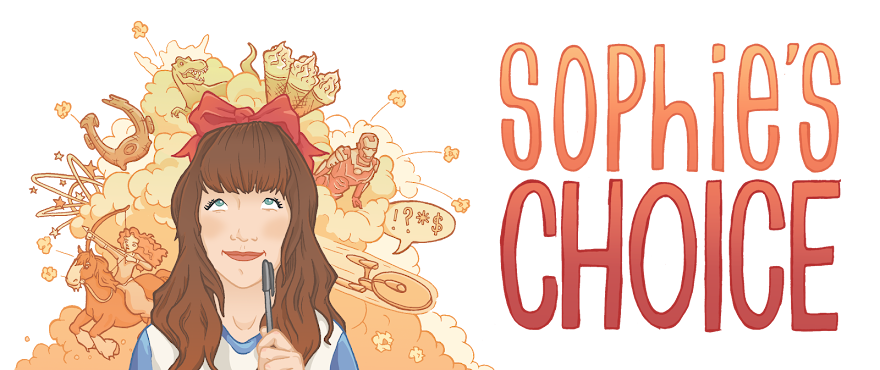Fantasia (1940)
The Walt Disney Animation Studio were clearly having a very busy year in 1940, releasing Pinocchio in February and Fantasia just 9 months later. Whilst it might seem that Fantasia was the less ambitious project of the two – with no animated dialogue or 90 minute story thread to worry about – it made up for it by its risky and experimental form.
 |
| There wasn't enough budget to pay the electricity bills |
It's hard to imagine a film like Fantasia – essentially a 2 hour long animated classical concert for kids – getting green lit today. The 2000 version, which was more of a nostalgia piece, clocked in at 1 hour and 15 minutes, supposedly in response to kids' actual attention spans. However, it's commendable that Disney was trying to use their power over children's eyeballs to educate them about the rich history of music and encourage audiences to paint pictures with their imaginations.
The opening section is hardly an ease into this "new form of entertainment'", starting us off with extremely abstract imagery to accompany Bach's 'Toccata and Fugue in D minor'. Presumably, this is the point at which very young kids (or their grandparents) could nod off and leave the rest of the audience in peace.
 |
| Trippy AF |
To be fair to the compere, he does warn us at the beginning that we are in for three different types of experiences throughout the programme:
"First there's the kind that tells a definite story. Then there's the kind, that while it has no specific plot, does paint a series of more or less definite pictures. Then there's third kind, music that exists simply for its own sake."As the second and third pieces unfold, we start to enter more manageable ground. The dancing flower fairies accompanying 'The Nutcracker Suite' – which, according to the narration, was not a popular ballet at the time – give way to the most memorable section of the whole movie, 'The Sorceror's Apprentice,' in which Mickey behaves like a complete tool and floods his boss' workplace, rather than do his job. But he does look fly in that hat and robe.
 |
| Before there were robotic vacuum cleaners |
From then on, the stories animated on screen are so coherent with the music they are paired with that you sometimes struggle to remember they weren't purpose-written scores, but already exist as world famous classical pieces. Highlights include:
- The epic imagining of the creation of life on earth, right up to the extinction of the dinosaurs, set hypnotically to Stravinsky's 'The Rite of Spring'
- The adorable unicorns and pegusus and beautiful scenery in the Grecian pastoral section
- Hippos, emus and elephants posing to 'Dance of the Hours' in tutus. Classic.
 |
| She probably stills lands her soubresauts lighter than me #balletjoke |
While I would favour a more traditional 90 minute Disney fairytale, there's something mystical about Fantasia, that worms its way into your head piece by piece. Maybe it's that meditative state you often sink into when you immerse yourself in a long piece of classical music. Or maybe it's the sense that the animators have been given real freedom to let their imaginations flow without the restrictions and pressure of a traditional feature film. Either way, it's a fascinating piece of art worthy of all the celebration it gets.
Villain rating(s):
T-Rex: 4/5
Satan: 5/5
Best Song: The Sorceror's Apprentice
Disney Detail: The Ancient Greek character and scenery designs from the Beethoven 'Pastoral Symphony' section were clearly used as inspiration for Disney's much later Hercules (especially Zeus and the cute baby pegasus)
Why it's a Classic: Mickey Mouse in the wizard hat. Icon.











